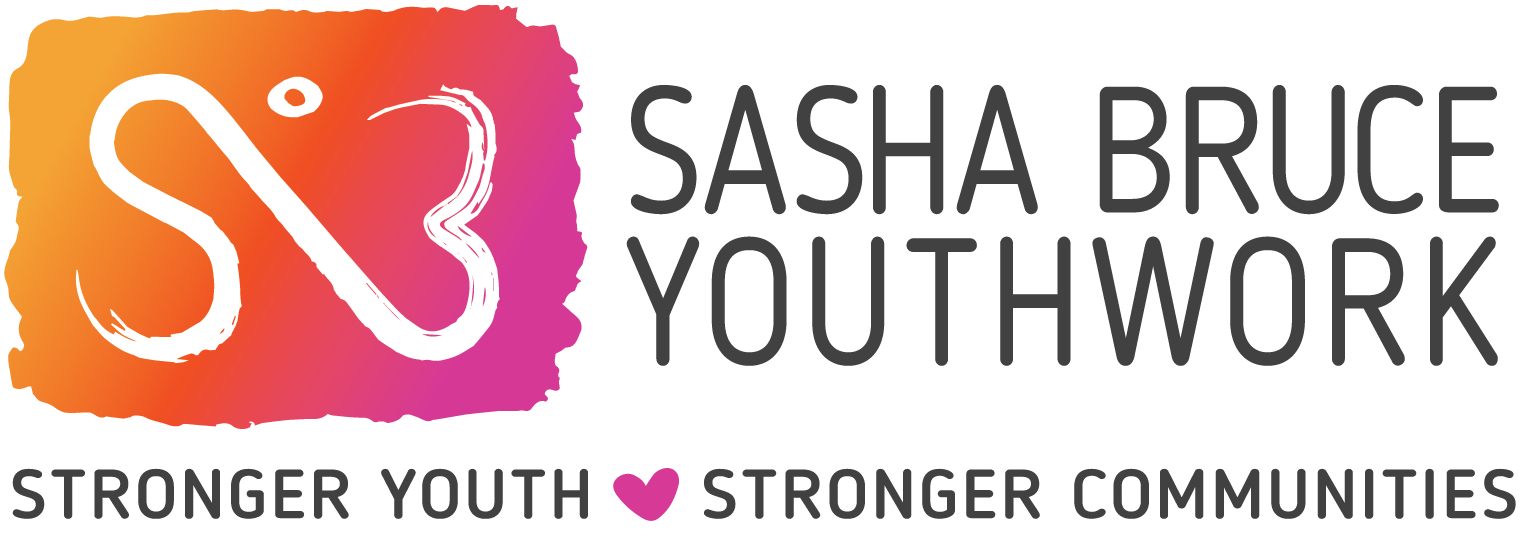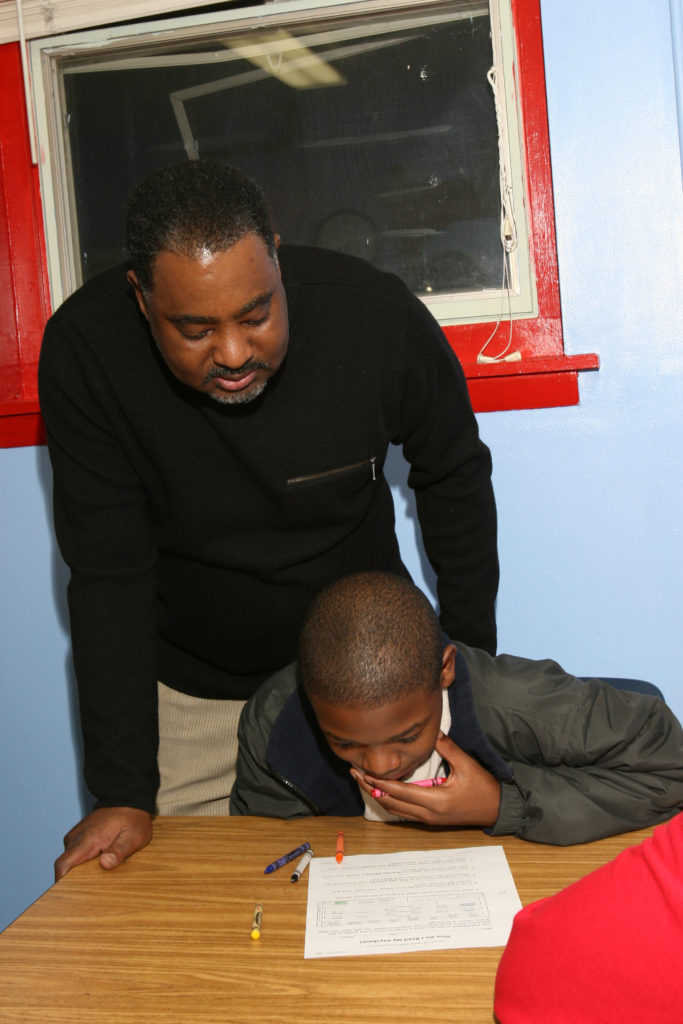George Johnson may not have done it all, but he’s done most of it.
Currently the Director of Residential Facilities, George has been a valuable and committed member of Sasha Bruce’s team since 1987 – thirty-five years of service guidance, and inspiration to scores of staff and youth.
“I started in the Bruce House crisis runaway and homeless shelter,” George remembered recently. “My job title was office manager/crisis counselor. I’d always worked with young people – teaching swimming lessons, coaching sports, mentoring. Eventually I became the Bruce House Director and stayed in that role for 10-12 years.”
It’s a philosophy that his parents modeled when he was growing up in the small town of Tappahannock, Virginia and one that he carried with him as he attended Norfolk State University. One of his first jobs after completing college, the work of Sasha Bruce drew him in, but it was the organization’s outlook on this work that kept him there.
“I connected to the agency’s philosophy, and it’s kept me going. Sasha Bruce is a progressive organization that contributes significantly to our community, and I’m glad to be a part of it. I started out with community service as the ideal of helping others, and it’s never changed. It may be a bit more challenging, but the idea of helping others has never wavered.”
While George’s outlook on and love for this work haven’t changed, the field itself has. “Over the years, the need has increased. Even though there’s more awareness and more funding, we [service providers and advocates] are still fighting to address the issues of homelessness, substance abuse and crime. There is still so much to do.”
George believes that Sasha Bruce is on the right path, even if policy makers and funders aren’t able to adjust quickly. “I believe government policy makers understand the need,” he said. “But because of politics, there has to be allotted funding that will address the needs for youth and families impacted by homelessness. The funding resources are key factors that help to address the need. We need more homeless services – more of what we’re already doing – emergency shelter, transitional housing, permanent housing, more safe places for young people experiencing homelessness.”
This is never more apparent than during the most difficult times. “Sasha Bruce doesn’t only provide housing, but we step in to support each family. We help out when families need it. Any time a young person is killed, when they’re struck down in the early years of life, it’s tough. When a mother has to bury her child but doesn’t have the resources to do so – whether for a suit for the funeral or support for the family – we try to pull together what’s needed. We not only serve the youth but the family. Sometimes that means we’re there at the worst time.”
This level of service requires compassion, which George believes is not only the key to effective service, but also critical for an effective organization.
“Sasha Bruce is one of the most significant agencies in the country – dare I say the Greatest Of All Time. Debby and the board allow the agency to contribute and give back to our community. The focus has always been on helping others.”




Sasha Bruce’s reputation contributed to one of the highlights of George’s career, maybe even life. “I met Barack Obama, the first African American president, at Bruce House when he came to paint the shelter for the National Day of Service on the day before his inauguration. He came to Bruce House because of the reputation of our agency and what it stood for. His visit inspired all of us to continue to give back.”
In addition to meeting the former President, George takes pride in the work he did when he was invited to participate in a Restorative Justice process with a client offender and the victim. “The youth had committed a violent robbery involving against a woman he didn’t know. It was a horrific crime, and the youth had to face his victim, had to listen to her. It turned into a very significant event in all our lives. The youth had a chance to offer remorse, and the victim had the opportunity to offer forgiveness. Of course, remorse and forgiveness keep going. They’re not a one-and-done, over now type of thing.”
Other career highlights include being named a Mid-Atlantic Network for Youth (MANY) Board member as well as a peer monitor for the Federal Youth Services Board. Both gave him the opportunity to travel around the region and to Puerto Rico to discuss the issues surrounding youth homelessness with peers. “Those opportunities gave me a chance to network with people in my field, share strategies and ensure that our work is up to the highest standards.”
While George recognizes the importance of establishing peer relationships around the country, he focuses first and foremost on ensuring that staff new to Sasha Bruce know what’s important. “First, they must be genuine about wanting to do the work. No one gets into this for the money. Second, they must genuinely care and have compassion for the youth we serve. Because the youth recognize that. And lastly, they need thick skin! We often experience residual trauma from the issues and challenges we see our youth go through. Self-care is important, and we can’t forget about it.”
After thirty-five years at Sasha Bruce, George is not yet ready to call it quits. But when he does?
“Parents, grandchildren, family time, travel and golf” he said without hesitation. And until then, George will continue to serve youth, families and the agency programs. With his priorities in place, George’s leadership serves as a model for all of us, whether a youth seeking services, a board member seeking information, or a staff member just starting at the agency. It’s a model well worth replicating.










